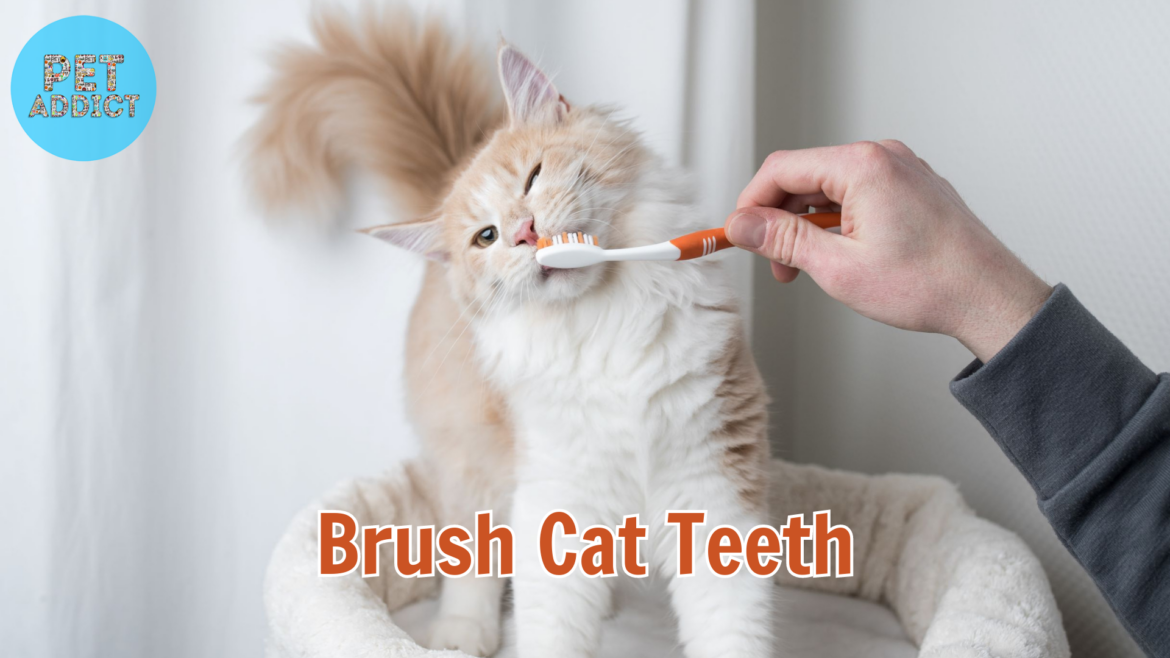Having good oral hygiene is essential for your feline friend’s overall health and well-being. Just like humans, cats can also suffer from dental problems, such as tartar buildup, gum disease, and tooth decay. Brush cat teeth regularly can help prevent these issues and ensure your cat’s teeth and gums stay healthy. In this article, we will guide you on how to properly brush your cat’s teeth at home, step by step.
PetAddict.net – The best place where you can find everything about your pet!
Why is Cat Dental Care Important?
Proper dental care is vital for your cat’s overall health and quality of life. Neglecting your cat’s oral hygiene can lead to various dental issues that may cause pain and discomfort. Tartar buildup can result in gum disease and even tooth loss. By taking care of your cat’s teeth, you can prevent these problems and ensure your furry companion’s well-being.
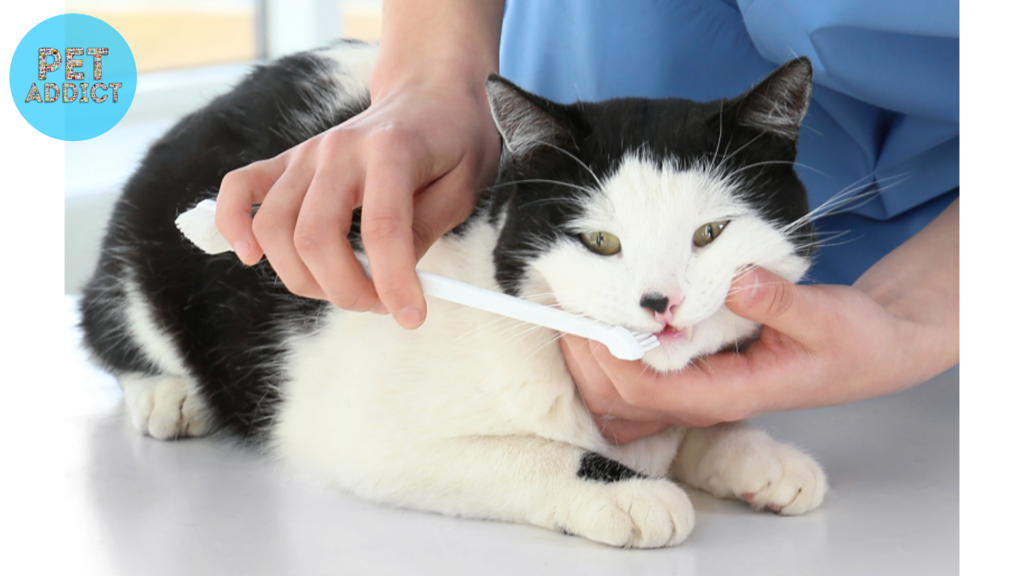
Preparing for the Brushing Session
Before you start brushing your cat’s teeth, it’s essential to prepare both yourself and your feline friend. Find a quiet and comfortable space where your cat feels relaxed. Have all the necessary dental care tools ready, such as a cat toothbrush and toothpaste.
Choosing the Right Cat Toothbrush and Toothpaste
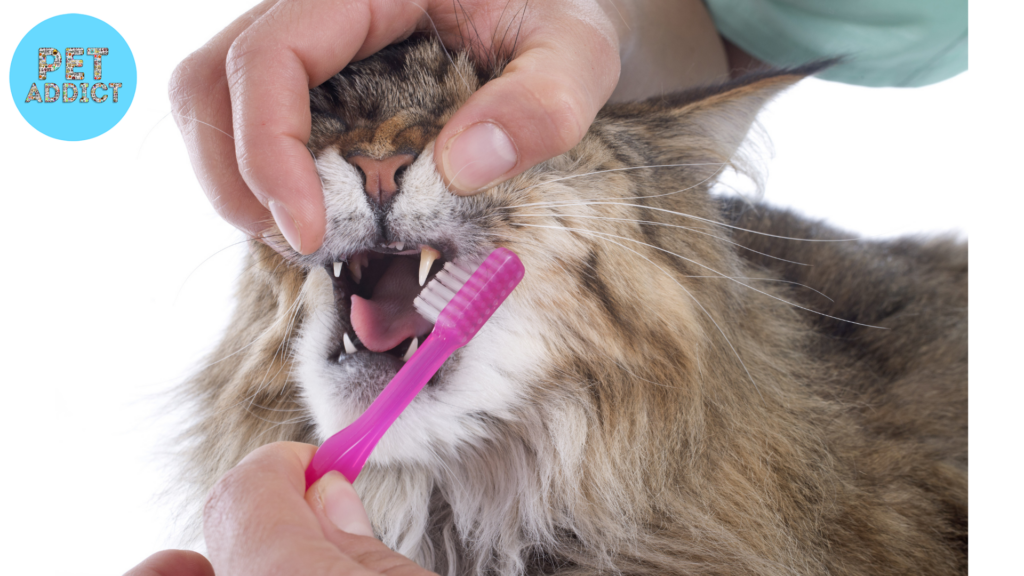
When it comes to selecting a toothbrush for your cat, opt for a soft-bristled, small-sized toothbrush designed specifically for pets. Human toothbrushes can be too harsh and uncomfortable for your cat’s delicate mouth. Additionally, never use human toothpaste, as it contains ingredients that can be harmful to cats if swallowed. Instead, choose a cat-friendly toothpaste with a flavor your cat enjoys.
Getting Your Cat Used to Toothbrushing
Introducing your cat to the idea of toothbrushing may take some time and patience. Allow your cat to sniff and explore the toothbrush and toothpaste first. You can also let them taste a small amount of the toothpaste to get them accustomed to the flavor.
Step-by-Step Guide to Brushing Your Cat’s Teeth
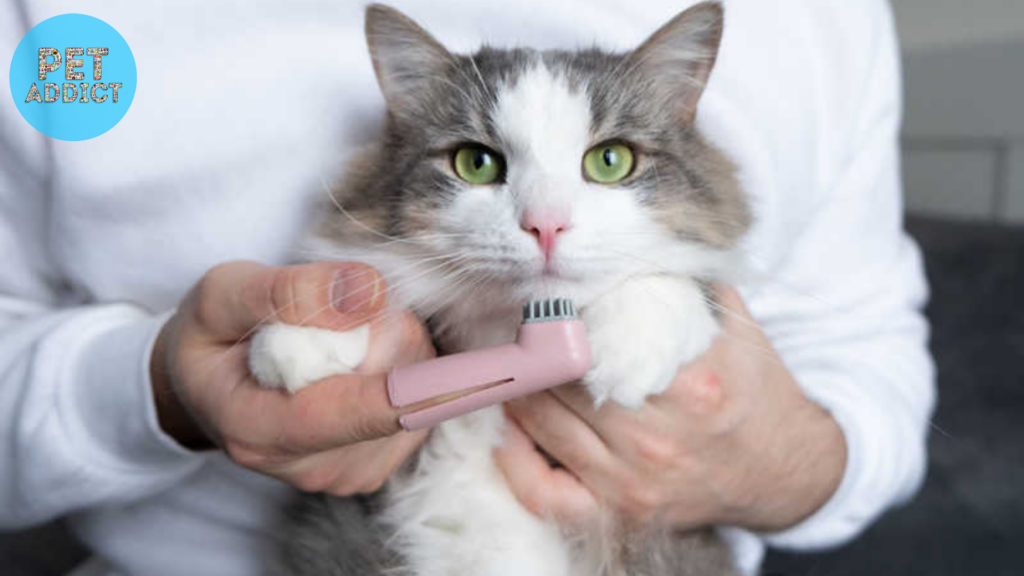
- Introduction to Toothpaste – Gently apply a small amount of cat-friendly toothpaste to your finger and let your cat lick it off. This step helps them get used to the taste and texture of the toothpaste.
- Familiarization with the Toothbrush – After a few introductory sessions with the toothpaste, introduce the toothbrush by letting your cat lick the toothpaste off the bristles.
- Initial Brushing Sessions – Start with short brushing sessions, about 30 seconds to a minute. Focus on the front teeth during the initial sessions.
- Gradual Increase in Brushing Duration – As your cat becomes more comfortable, gradually increase the brushing duration. Aim for a brushing time of at least 2 minutes.
- Handling Resistance and Anxiety – If your cat shows signs of resistance or anxiety, take a break and try again later. Never force your cat into the brushing process, as this may cause fear and stress.
- Rewarding Your Cat – Always reward your cat with praise and treats after a successful brushing session. Positive reinforcement will encourage your cat to cooperate during future toothbrushing.
Alternative Dental Care Options for Cats
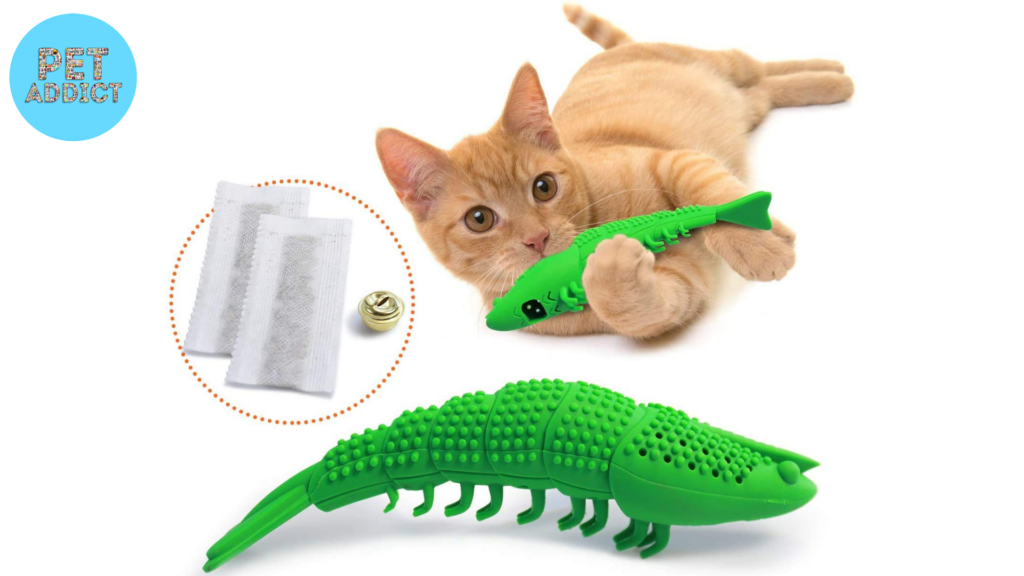
If brushing your cat’s teeth proves challenging, there are alternative dental care options available:
Dental Treats and Chews: Dental treats and chews designed to promote oral health can help reduce plaque and tartar buildup.
Dental Toys and Puzzle Feeders: Toys and puzzle feeders that require chewing can help clean your cat’s teeth while providing mental stimulation.
Water Additives for Oral Health: Special water additives can be added to your cat’s drinking water to support dental health.
Signs of Dental Problems in Cats
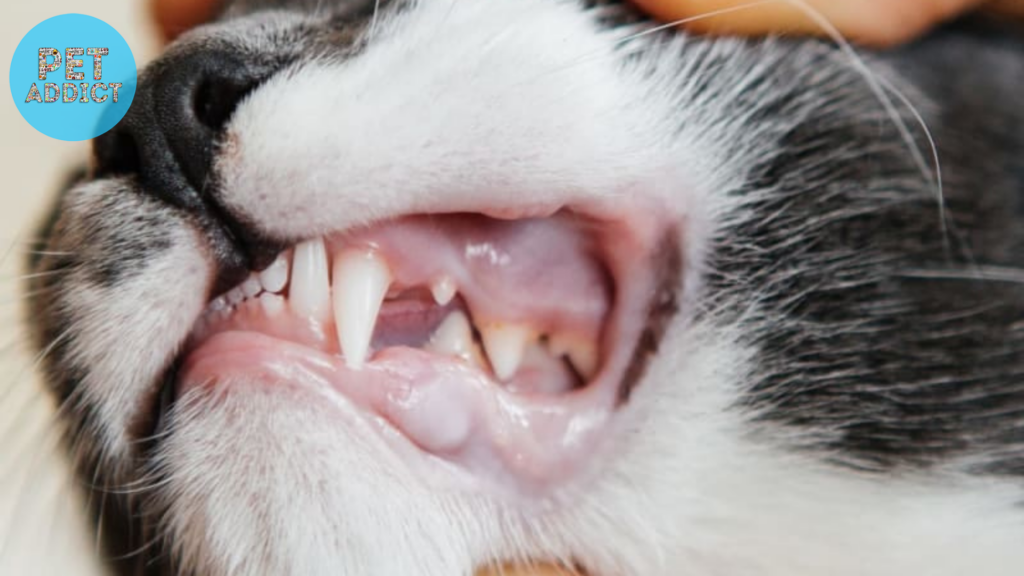
Being aware of the signs of dental problems can help you identify issues early:
- Bad Breath: Persistent bad breath could indicate dental problems or other health issues in your cat.
- Red or Swollen Gums: Inflamed gums may indicate gingivitis or other gum diseases.
- Excessive Drooling: Unusual drooling may be a sign of oral discomfort.
- Difficulty Eating: If your cat has difficulty eating or avoids certain foods, it could indicate dental issues.
Common Mistakes to Avoid

To ensure successful toothbrushing and overall dental care, avoid these common mistakes:
- Using Human Toothpaste: Human toothpaste can contain harmful ingredients for cats, so never use it for brushing.
- Forceful Brushing: Avoid being too forceful or aggressive during toothbrushing, as it may cause pain and anxiety.
- Neglecting Regular Dental Checkups: Regular visits to the veterinarian for dental checkups are essential to catch potential issues early on.
Dealing with Difficult Cats
If your cat is resistant to toothbrushing, don’t give up. Try the following approaches:
- Patience and Persistence: Consistency and patience are key when it comes to helping your cat get comfortable with toothbrushing.
- Seeking Professional Help: If your cat consistently refuses to toothbrush, consult your veterinarian or a professional animal behaviorist for guidance.
Conclusion
Maintaining your cat’s dental health is crucial for their overall well-being. By following the steps and tips provided in this guide, you can make toothbrushing a positive experience for both you and your furry friend.
FAQs (Frequently Asked Questions)
- Q: How often should I brush my cat’s teeth? A: Aim for at least three brushing sessions per week for optimal dental care, brush cat teeth.
- Q: Can I use regular human toothpaste for my cat? A: No, never use human toothpaste, as it can be harmful if swallowed. Use cat-friendly toothpaste instead.
- Q: My cat hates toothbrushing. What should I do? A: Be patient and persistent, and consider seeking professional advice if needed, brush cat teeth.
- Q: Are dental treats safe for cats? A: Yes, dental treats designed for cats are safe and can help promote oral health.
- Q: Should I take my cat for regular dental checkups? A: Yes, regular dental checkups by a veterinarian are essential for early detection of dental issues.

